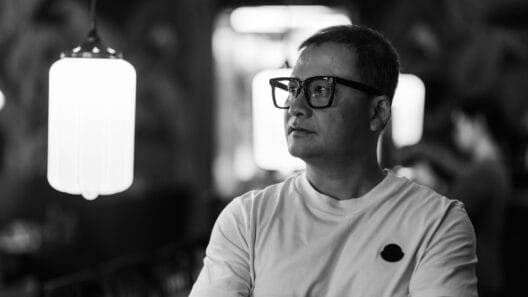Modern parenting is evolving faster than you can say Gen Beta. We’re rushing towards what’s clean and green, and redefining how we care for our kids in the process.
Although wooden blocks may still be a thing, today’s parents are more tech-savvy and environmentally conscious. This means technology and sustainability converge in the shape of smart homes, providing convenience and peace of mind.
Parenting Meets the Internet of Things
Thanks to advancements in IoT technology, families can now enjoy homes that are not only smarter but safer too.
Design must-haves in the modern family’s home include:
Automated Baby Monitors
These devices track everything from your baby’s room temperature to sleep patterns and breathing. They keep constant watch and alert parents to dangers within seconds.
Voice-Activated Assistants
Having your hands full with the newest addition doesn’t matter. Your assistant can offer reminders about play dates and feedings, and even soothe the baby with a lullaby.
Energy-Saving Systems
Smart thermostats and responsive lighting ensure your baby’s nursery is always at its most comfortable and comforting.
Recent studies show that homes reduced energy bills between 5 and 22% just by integrating smart devices for automation, security, and comfort.
It can therefore be seen that these features not only serve a family with convenience and security, but they have a positive environmental impact as well.
Sustainable Nurseries for Healthier Babies
It may seem like the buzzword of the moment, but sustainability is so much more than that. Being mindful about usage and waste goes a long way in creating healthy and safe homes for our children.
Designing a nursery that fulfills this need includes:
- Non-Toxic Materials Natural fibres, organic paints, and wood that’s been sustainably sourced are some ways to reduce the level of harmful chemicals to which your baby is exposed.
- Energy-Efficient Appliances Every available item needed in your nursery will have an energy-saving option. From humidifiers and bottle warmers to LED lighting and smart cribs.
- Upcycled Decor Incorporating recycled, reused, eco-friendly items into your interior design will not only reduce waste but add character too.
This is how investing in smart choices can lead to savings in both finances and quality of life.
Legal Trends Shaping the Parenting Playing Field
While innovations in home design are redefining parenting, legal developments in the baby product industry also have a role to play.
A good example is the baby formula lawsuit that highlighted regulatory standards and product safety control in the baby care market. Several claims are being brought against baby formula manufacturers, attributing their product to serious illness.
According to TorHoerman Law, cases like these emphasise how important transparency is for companies in the baby care market. The majority of complaints in these lawsuits claim no warnings about the risk were issued.
What this means in the grand scheme of things is that, although these types of lawsuits can induce fear and worry in new parents, they can be beneficial in the long run.
In the case of baby care products, this could mean more stringent quality control and higher safety standards in the future. If successful, parents would enjoy more peace of mind regarding their children’s health and safety.
Designing Spaces That Come Alive
Although sustainability and tech are synonymous with on-trend home design in 2025, there are a few honourable mentions causing a stir:
- Personalisation
- Adaptability to diverse needs
- Nature-inspired
According to a trend report by Response Resource, we can expect a surge in intentional interior design that transforms living spaces. People will gravitate towards “dopamine decor” that’s smart, good for the environment, and makes them feel good.
Making Waves with Biophilic Design
When you combine nature with technology to bring a sense of natural beauty to living spaces, you’re working with Biophilic design.
Think living walls and green areas enhanced by ambient, natural lighting and water features. By mimicking the natural beauty of outside spaces, we give ourselves a built-in respite from our tech-saturated, urban lifestyles.
Biophilic design is growing in popularity for just this reason. It turns homes into sanctuaries.
Key features include:
- Play areas inspired by nature Soft, organic materials in open spaces to encourage creativity and sensory engagement.
- Natural light Skylights and large windows maximise exposure for infants and parents alike. Adding smart blinds will help regulate your baby’s circadian rhythm as well.
- Living walls and plant arrangements The more green the better. Air quality improves greatly, while adding a sense of calm to your home.
These are exciting times, to be ushering in new generations with so much value at our fingertips. Parenting is evolving alongside the technology of design, empowering them to make healthier, smarter choices for their families.







